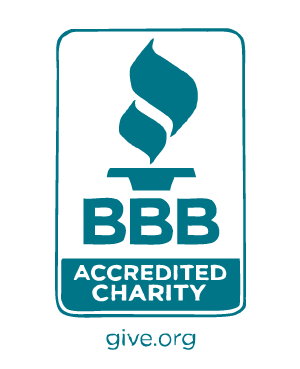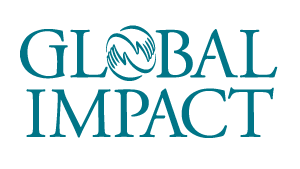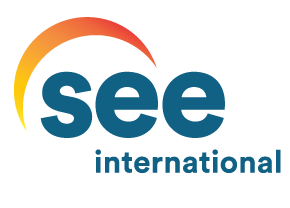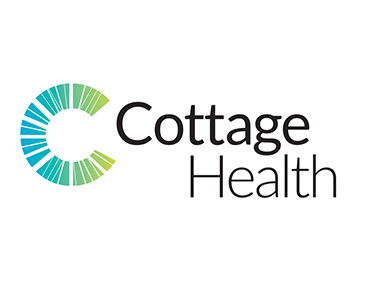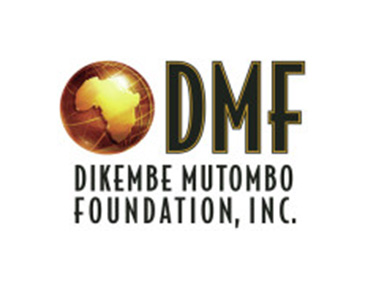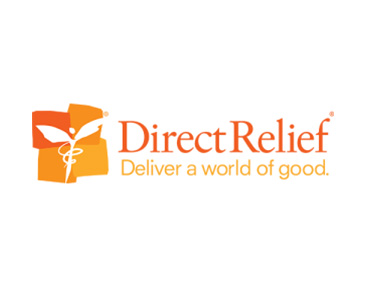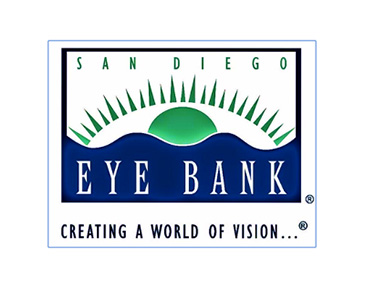SEE International
2017 Impact Report
"Vision with action can change the world"
- Joel A. Barker
We provide essential and transformative eye care and surgery around the world and right here at home.
We bring medical volunteers and partners together to care for the people who need it most. Our teams work side-by-side with local doctors and clinics to improve access to high-quality eye care and surgery.
Together we break the cycle of hardship that blindness and visual impairment cause, making patients, families, and communities healthier and stronger.
Letter from the CEO
Thanks to your incredibly generous support this past year, 2017 was one of SEE’s most dynamic years to date. Our extremely passionate and eminently skilled volunteer doctors performed 26,510 sight-restoring surgeries in over 46 countries, and provided free eye exams to 88,000 men, women, and children. Last year, we crossed the important milestone of half a million sight-restoring surgeries, over the course of our 44-year history.
I’m proud of the work we’ve accomplished at SEE, both last year and throughout its history. But the need for the services that our volunteers provide is only growing. According to a study commissioned by the World Health Organization, the number of blind people worldwide is projected to triple by 2050. Most of this is due to an aging global population, although the spread of conditions like glaucoma and diabetic retinopathy also plays a role. If vision care nonprofits like SEE want to bring a halt to this oncoming public health catastrophe, we have to transform the way we operate.
Thankfully, while the need may be great, our commitment to being part of the solution is even greater. In 2017, we crafted a strategic plan to dramatically scale our operations in the years to come. We launched a new educational division last year, expanding our cataract surgery training programs by 35%. This program provides ophthalmologists and residents with the high-quality skills necessary to work in low-tech and rural settings.
We are also developing and strengthening partnerships around the globe. These include coordinating with businesses, international NGOs, in-country health care professionals, and local government entities, to provide much-needed care in new regions. We work closely with all of our in-country partners, to ensure that we are truly meeting their needs – whether that means sending volunteer teams, providing equipment and supplies, or training medical professionals. We are committed to supporting our in-country partners, so that they may care for more patients year-round.
By 2020, we aim to treat 100,000 patients per year. That means that, by our 50th anniversary in 2024, we will have restored sight to another half-million men, women, and children.
I’m proud to count you among our supporters. I hope that you will continue to partner with us, so that we can meet these ambitious goals, and help change the lives of more people in need. The next six years are going to be an incredibly exciting time of growth and transformation. From the bottom of my heart, thank you for your continued support. I can’t wait for you to see what we will be able to accomplish together.
2017 By the Numbers
Surgical Impact
# of Surgeries
Surgery Type
- Cataract
- Pterygia
- Glaucoma
- Strabismus
- Oculoplastic
- Retina
- Corneal
By Region
- North America
- Central America
- The Caribbean
- South America
- Africa
- Asia
- Oceania
2017 Highlights
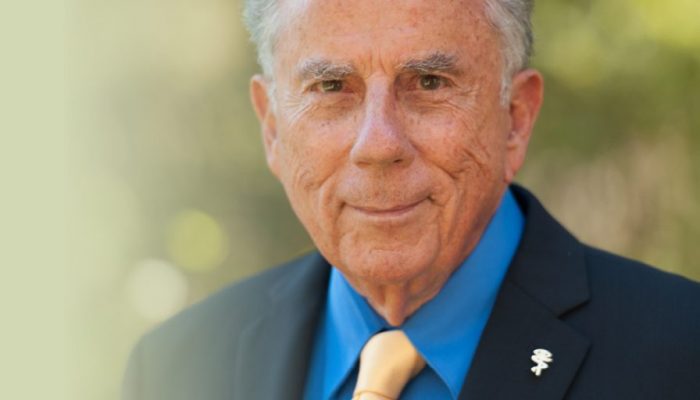
Harry S. Brown, M.D.
On April 16th, 2017, the world lost a visionary of the highest order. Many of us at SEE lost a dear friend and mentor. Dr. Harry S. Brown, MD, FACS, passed away on Easter morning after a long battle with cancer. Dr. Brown founded SEE International over 40 years ago in response to the overwhelming number of people worldwide living with preventable blindness. Thanks to his humanitarian spirit and relentless passion, SEE has restored sight to nearly half a million people around the world, changing countless lives.
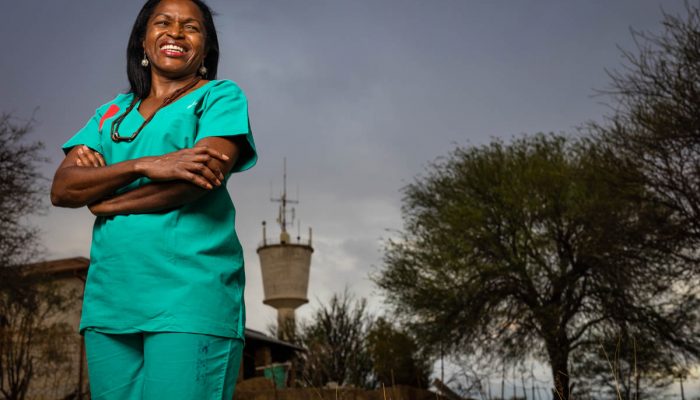
Helena Ndume, M.D.
Longtime SEE volunteer (and 2015 UN Nelson Mandela Prize Winner) Dr. Helena Ndume spoke in Santa Barbara last April about her commitment to giving back to those in need. She honored SEE’s late founder Dr. Harry Brown, MD, FACS and shared her astounding personal story; from escaping apartheid to receiving her medical training in Germany to restoring the sight of more than 35,000 people in Namibia and throughout the world. Be sure to watch our short film A Chance to See Again.
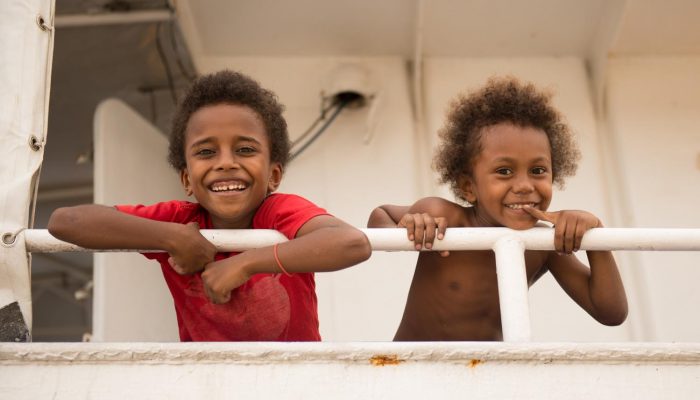
Haiti
SEE International has worked to restore sight in Haiti for over 20 years. We were among the first vision care nonprofits on the ground after Hurricane Matthew struck the country in 2016. In the wake of these natural disasters, SEE continues to give the Haitian people hope by providing sight-restoring procedures and screenings, as well as training local vision care providers. In 2017, Haiti became one of SEE’s most frequented countries with teams there at least once a month.
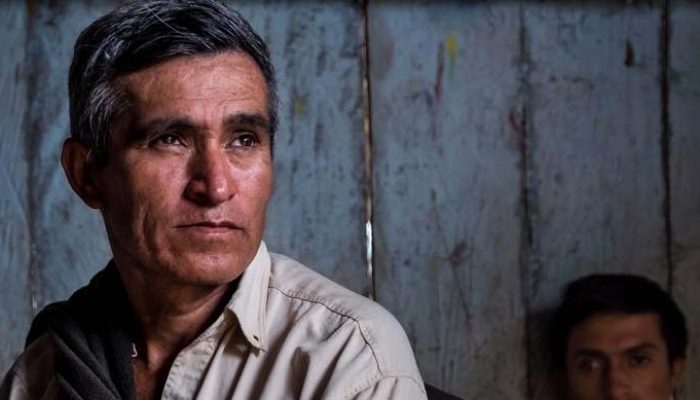
A Dream of Sight
José Rosas was blind and desperate at 56-years-old. This husband and father of six could no longer work. Learn more about how not only his coffee bean farm in Peru, but also his extended family’s home were saved – thanks to a delicate eye surgery performed by SEE’s volunteer team of skilled and experienced ophthalmologists. Watch our short film “A Dream of Sight” and witness how SEE International helped restore sight and transform the lives of the Rosas family.
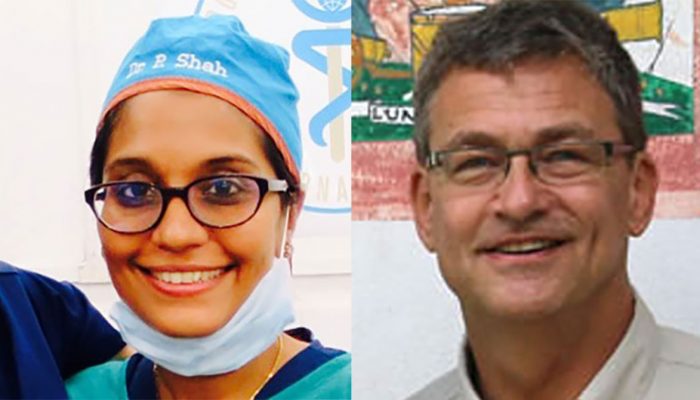
Humanitarian Awards
In honor of World Sight Day, SEE has launched an annual Humanitarian of the Year Award to recognize the outstanding dedication and achievement of volunteer ophthalmologists committed to ending avoidable blindness – one that is US based and the other living internationally. This year, SEE is proud to honor Daniel C. Alter, M.D. and Preeti J. Shah, M.D. both of whom have done so much to help our organization with its campaign to end avoidable blindness worldwide.
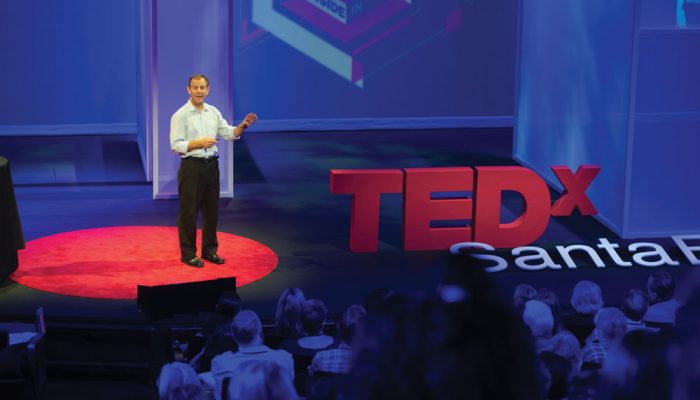
TedX
SEE’s Chief Medical Officer and Board Member Dr. Jeffery Levenson gave his 1st (and very moving) TedX talk this past November, introducing the topic of preventable blindness to a wide audience of TedX devotees. He spoke about brilliant, innovative, low-cost surgery techniques being used out in the field and cited several of his colleagues’ success stories. He also recounted his own volunteer trips to Peru and Mexico where he performed multiple cataract surgeries at SEE partner clinics in those regions.
2017 Programs Update
Click on a country to learn more about our sight-restoring programs
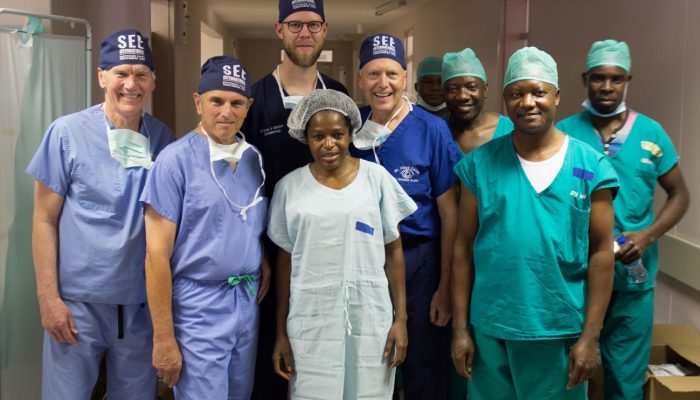
International
In 2017, SEE’s volunteer ophthalmologists screened more than 88,000 people for vision problems and performed over 26,000 free sight-restoring surgeries in 46 countries. Last year alone, SEE coordinated 219 clinics worldwide. Over 650 ophthalmologists from 75 countries donated their time and professional services to help restore sight worldwide via SEE’s global volunteer network.
At the invitation of a local health authority in each country, SEE International recruited, organized, and provided medical supplies and logistical support for the visiting surgical team. Each team brought donated supplies and assisted host ophthalmologists in developing countries relieve the burden of blindness in their areas. Surgery candidates were pre-screened (medically and socio-economically) by the in-country host ophthalmologists. Following the visiting team’s departure, post-operative follow-up care was provided by the host ophthalmologist. Depending on the size of the team and conditions at the clinic, the doctors on average restored sight to anywhere between 50 to 300 patients during the course of a typical campaign.
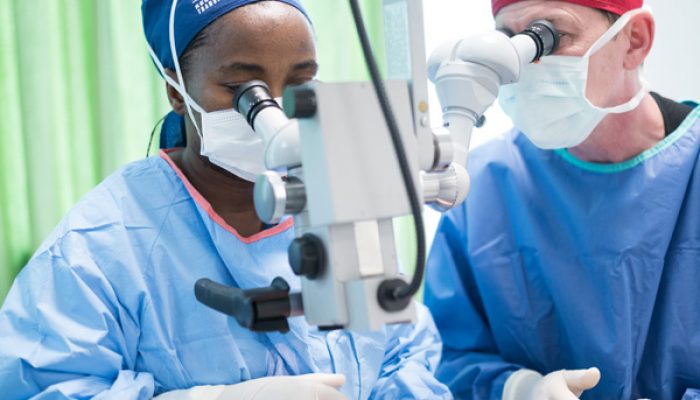
Education
The demand for trained and experienced eye surgeons in developing countries is enormous. In order to meet our goal of increasing SEE’s global impact (defined as facilitating the treatment of 100,000 “in need” eye patients per year by 2020) SEE just launched a new educational division this past year, expanding our cataract training programs from 14 to 19 – an increase of 35%. This program trains ophthalmologists and residents to perform Manual Small Incision Cataract Surgery (MSICS), providing the high-quality skills necessary to work in rural settings. Currently, training programs are offered throughout the United States and also in Mexico, England, and India.
Becoming a traveling SEE ophthalmologist requires more than just surgical training; ophthalmic surgeon volunteers become “affiliates” of our organization so as to provide administrative support, donated supplies, and loaned equipment for these clinics. In addition to performing life-transforming operations, participating surgeons exchange valuable skills internationally, leaving a permanent legacy long after the clinic ends.
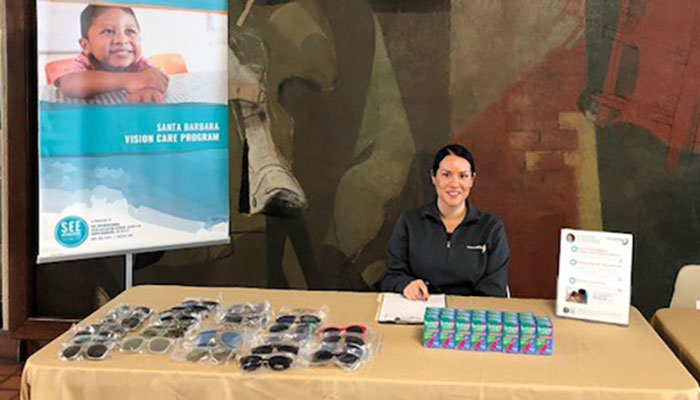
Santa Barbara
Our Santa Barbara Vision Care Program helped more than 2,500 people this past year by providing free comprehensive eye exams, eyeglasses, and sight-restoring surgeries. Additionally, we trained 90 ophthalmologists and residents to perform Manual Small Incision Cataract Surgery (MSICS). Our local program opened two more clinic sites in Santa Maria and Oxnard, serving 25% more community members in 2017.
We continue to have Veterans Day and Children’s Sight Week events to help reach adults and children in need of eye care in Santa Barbara. Joining with other local organizations like Sansum, we are providing a safety net to accommodate all in-need individuals.
We also responded to natural disasters like never before. As the Thomas Fire affected our hometown of Santa Barbara last December, our staff was out in the community caring for first responders and evacuees at the library, foodbank, community centers, and more.
2017 Financials
Revenue Growth
- Revenue in Millions
How We Use our Funds
Program Services 93%
Fundraising 4%
Management & General 3%
